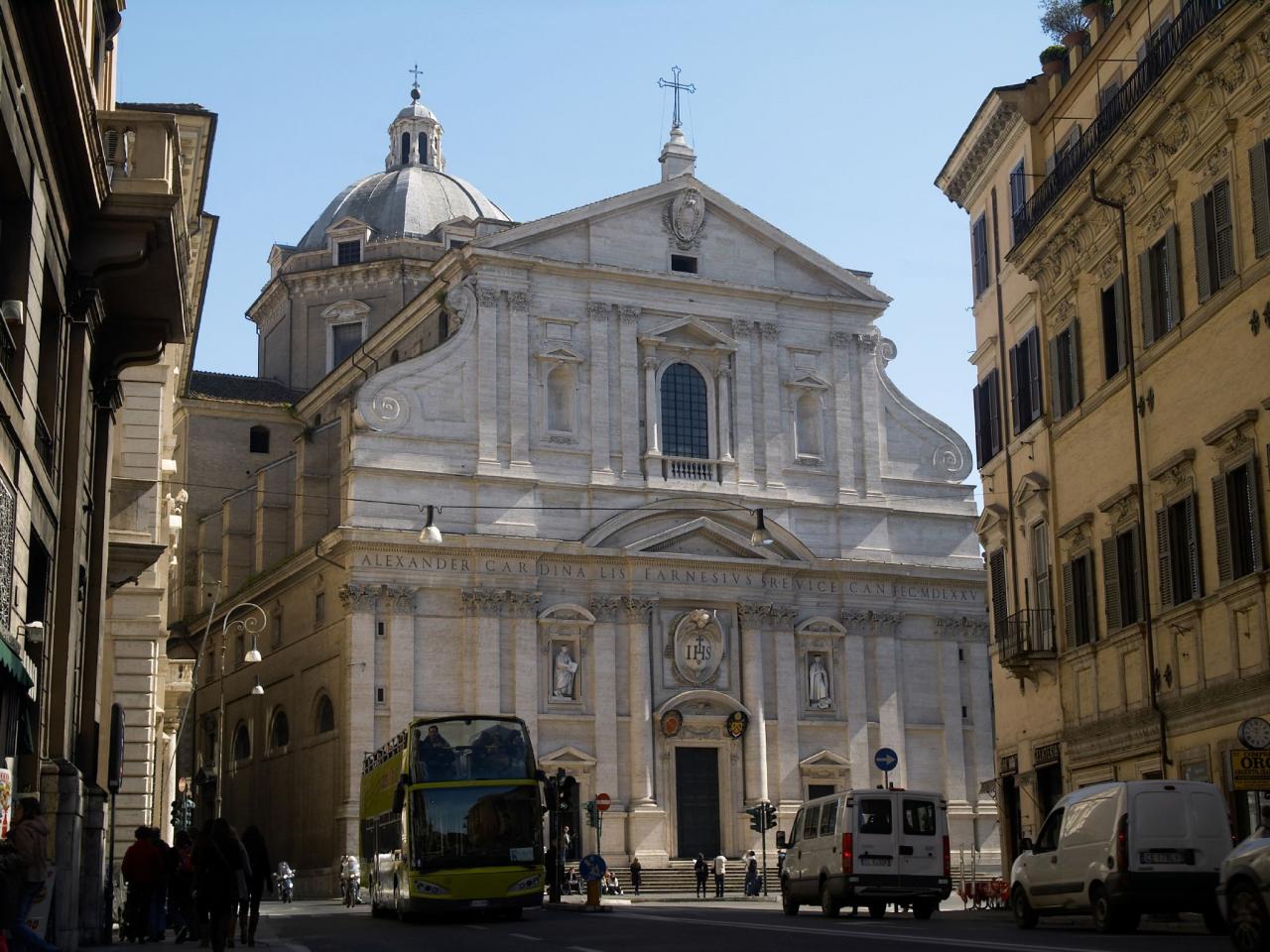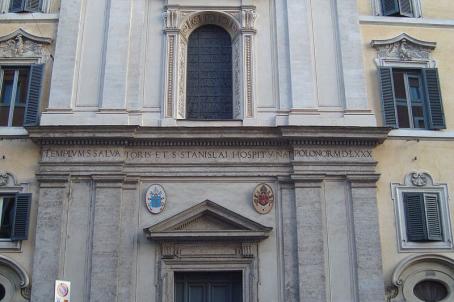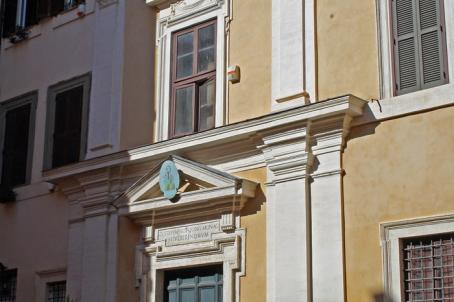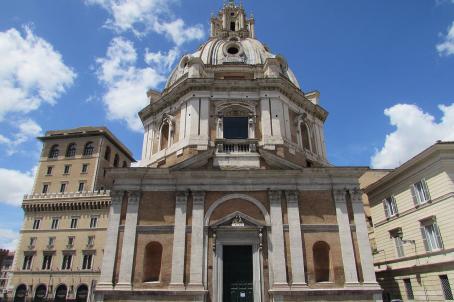Church of the Gesù
The Church of the Gesù is the mother church of the Society of Jesus. Built between 1568 and 1584, it was designed by a Florentine architect, Nanni di Baccio Bigio. In 1554 the project was reworked by Michelangelo and then by Vignola (1568). The construction of the church is considered an important turning point in the history of art, the whole of its design serving the cause of the Counter-Reformation.






